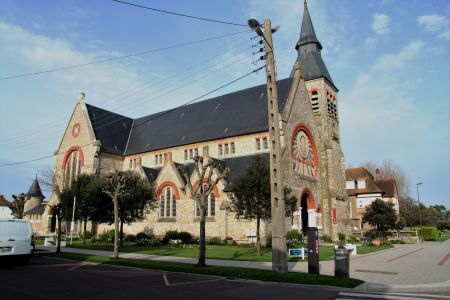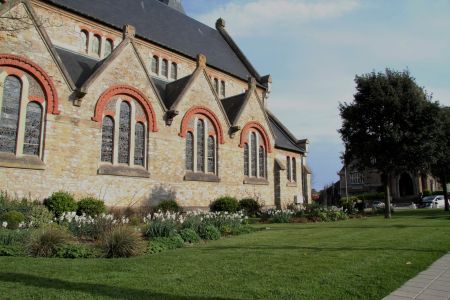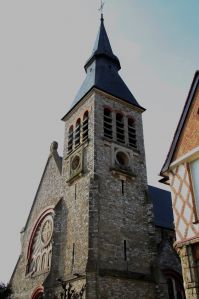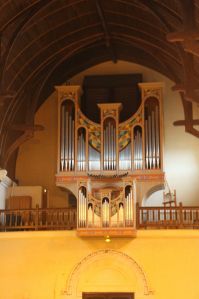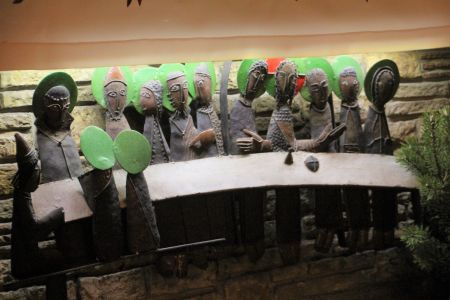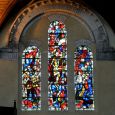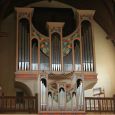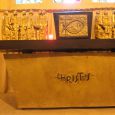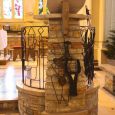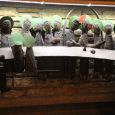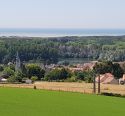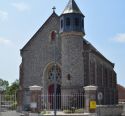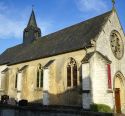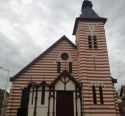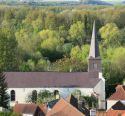Church | 1912 | Modern | Catholic Church





Map
Opening hours
01 January - 31 December
Mon 9.00 - 18.30
Tue 9.00 - 18.30
Wed 9.00 - 18.30
Thu 9.00 - 18.30
Fri 9.00 - 18.30
Sat 9.00 - 18.30
Sun 9.00 - 18.30
Guided tour
Religious offices
Summer :
Monday and Thursday : 9 am
Wednesday and Friday : 6.30 pm
Saturday : 7 pm
Sunday : 9.30 am and 11 am
Winter :
Monday and Thursday : 9 am
Wednesday and Friday : 6 pm
Sunday : 11 am
and Saturday 6.30 pm during de winter school holidays
Description
The first church in France to be dedicated to saint Joan of Arc, at the request of the British Catholics, the church of St. Joan of Arc replaced an earlier small chapel of saint Andrew which had become too small to answer the needs of Paris Plage, whose growth since its creation in 1882 was fast and important. Economic prosperity, the fashion for sea-bathing, and the assiduous presence of the British are the cause of many architectural programmes of quality which are still the stamp of the resort today.
Built following the plans of Lucien Viraut, the vast church of St. Joan of Arc was opened 14th July 1911. Largely destroyed in the bombing of 4th July 1944, the church was rebuilt and finished in 1954, and enlarged in 1958 by lengthening the transept. It has a Latin cross plan, a nave with side aisles, and a five-sided apse.
Inside, the vast and light nave is vaulted in wood, representing the over-turned keel of a boat. The stained glass windows, by several contemporary artists, tell the life of Jesus, around the sanctuary, and different episodes of the life of Joan of Arc along the transepts and nave.
In 2008 a new organ was installed, one of the most important in the Region and whose repertory valorizes the exceptional acoustics of the church. The exterior, surrounded by gardens, has a high steeple whose architecture reminds us of that of the civilian belfries in the region, and reflects that of the imposing and elegant town hall facing it which had recently been classified as a Historical Monument.
Wiki Pas-de-Calais
Photos
Remarkable elements
The stained glass windows
Particulèrement lumineux et colorés, changeants au gré de la lumière du jour du fait de l'orientation sud-nord de l'église, ils sont l'oeuvre de quatre artistes différents. A gauche, Jacques Le Chevalier évoque la vie de Jeanne d'Arc : de sa naissance au couronnement du roi à Reims. A droite, les oeuvres de Max Ingrand représentent la période dramatique de la vie de Jeanne : de sa blessure, devant Paris au bûcher sur la place du Vieux Marché de Rouen le 30 mai 1431.Les vitraux du choeur à gauche et à droite sont d'Adeline Bohy et représentent les mystères du Rosaires : joyeux, glorieux et douloureux.
Enfin, le vitrail central est une oeuvre de l'atelier Six et représente la Résurrection : à droite l'arrivée des Saintes Femmes au tombeau et à gauche l'apparition de Jésus à Thomas.
Les grandes orgues
Oeuvres du facteur Quoirin et inaugurées en 2008 par Olivier Latry titulaire des grandes orgues de Notre-Dame de Paris, elles remplacent l'orgue Cavalier-Coll d'origine.Ces orgues s'inscrivent dans la tradition française de la facture d'orgue.


